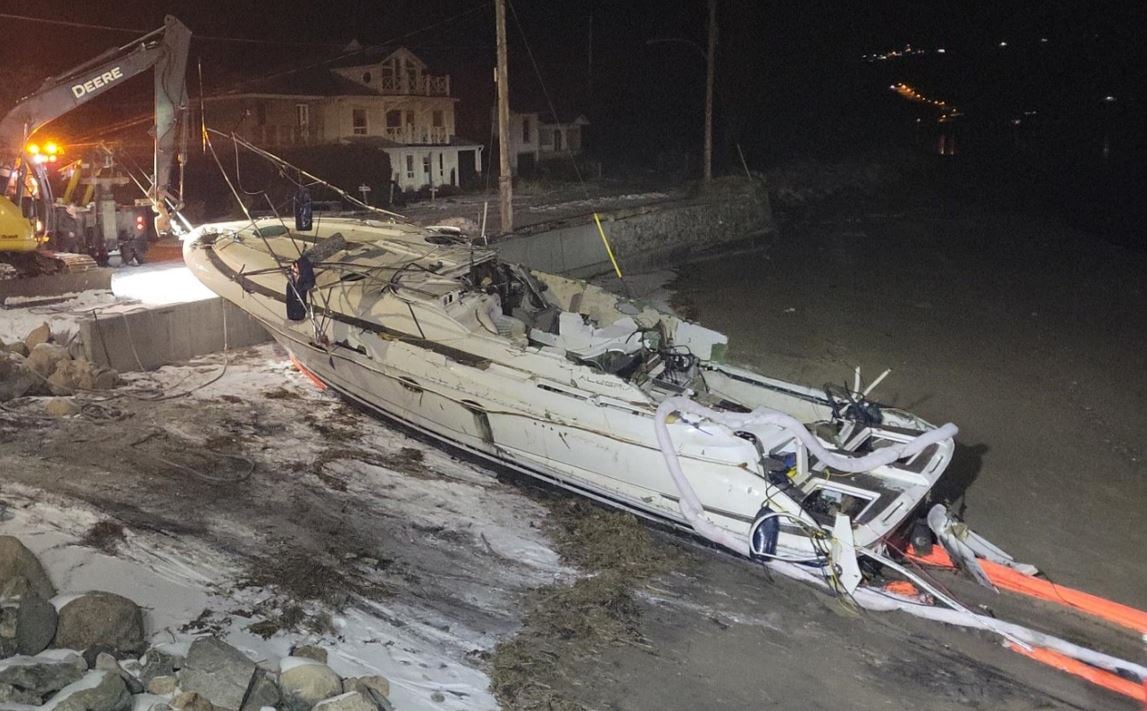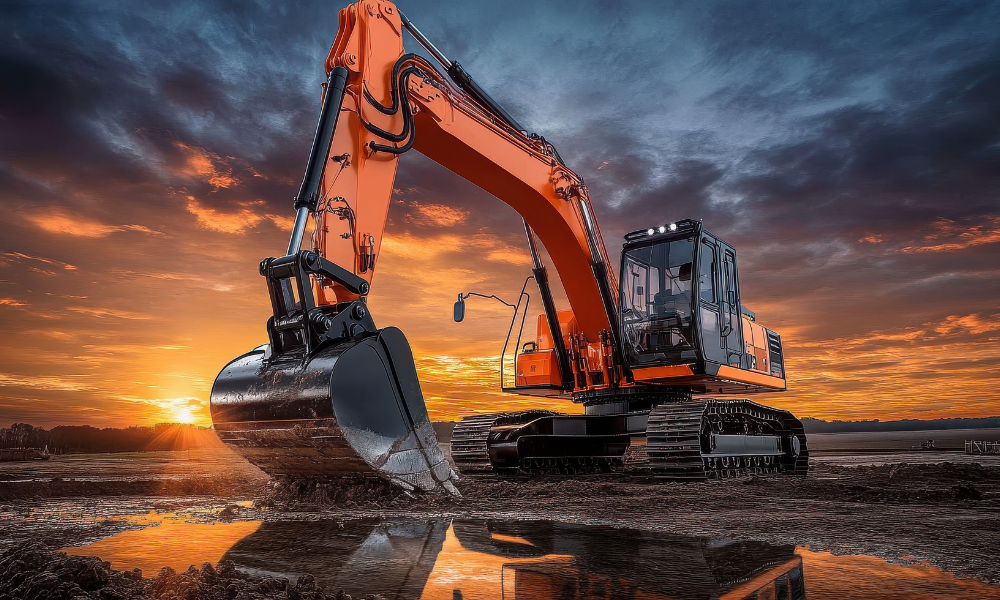Study finds confusion and education gaps when it comes to helmets and hard hats

In a rapidly changing safety landscape, head protection is becoming a more complex and confusing issue for safety professionals. The latest collaborative study from J. J. Keller and the International Safety Equipment Association (ISEA) sheds light on the pain points and challenges facing the industry, from educational gaps to regulatory confusion.
As more innovative head protection options become available, it has become harder for safety professionals to make informed decisions. Cam Mackey is the CEO of ISEA and he points to the increasing complexity of standards and new technologies as significant factors. "A lot's changed over the last few years, and it's made head protection go from a straightforward product category to really devilishly complex.”
Additionally, confusion about regulatory standards further complicates the landscape. "Safety is a standards-driven business," Mackey explains. "We have this unique issue where some firms are asking for products that conform to both American standards and tiny clauses from European mountain climbing standards. That adds complexity."
Surprising findings and educational gaps
While the study anticipated some confusion, the depth of misunderstanding surprised the authors. Ray Chishti, senior editor at J. J. Keller, says many professionals assumed head protection was a straightforward issue, but the reality is more nuanced. "We thought the market was more educated on the topic," Chishti reflects. "But there’s a lot of misunderstanding about the different types of head protection, particularly the new Type II hard hats, which offer top and lateral protection. We found that the level of understanding varies by industry."
This gap in knowledge extends to simple but critical aspects like maintenance and proper usage. “Many employers assume it’s common sense to know how to maintain a hard hat, but it’s really not,” Chishti says. “There are variations between manufacturers, and proper training on use and maintenance is often lacking.”
Challenges for safety leaders
The study highlights four primary challenges that safety leaders face: ensuring employees wear head protection properly, enforcing compliance, finding comfortable gear, and addressing heat-related concerns. These pain points resonate across industries, with only 15% of respondents reporting that head protection is worn correctly 100% of the time.
"Getting people to wear head protection consistently is a huge challenge," Chishti says. The issue is further complicated by discomfort and heat stress, both of which lead to employees removing their helmets. "With record-breaking temperatures, it’s no surprise that heat is a factor. Workers take off their head protection to feel more comfortable, but this puts them at risk."
Education and innovation
Both Chishti and Mackey emphasize the importance of ongoing education to clear up the confusion. Mackey suggests that industry associations like ISEA play a critical role in this effort. "We don’t favor one product over another; we set the standards. That makes us a trusted source for safety professionals who need clear, unbiased information." He adds, "We’re working overtime to get key educational messages out there."
Innovation is also driving change. The study found that safety professionals are increasingly looking for helmets with integrated features like impact sensors, communication systems, and even self-cooling technologies. "We’re seeing a lot of exciting work being done with sensors in all types of PPE," Mackey notes. "These advancements can help monitor compliance and improve safety."
Looking ahead, both Chishti and Mackey see rotational impact protection as a key trend. Current standards primarily address direct impacts, but more research is being done to protect against the rotational forces that often occur in real-world incidents. "Rotational impact is one of the biggest trends to look for," Mackey says. "The next iteration of key standards will address this, and that’s great for the worker because it’s going to protect their brains better."
As the head protection landscape evolves, safety leaders must remain vigilant, continuously updating their knowledge and practices. "Just because something was true yesterday doesn’t mean it’s true today," Mackey advises. He cautions against assumptions based on appearance alone, adding, "You can’t just look at a helmet and know what kind of protection it offers. You really have to pop the hood, look at the label, and understand what you’re getting."





